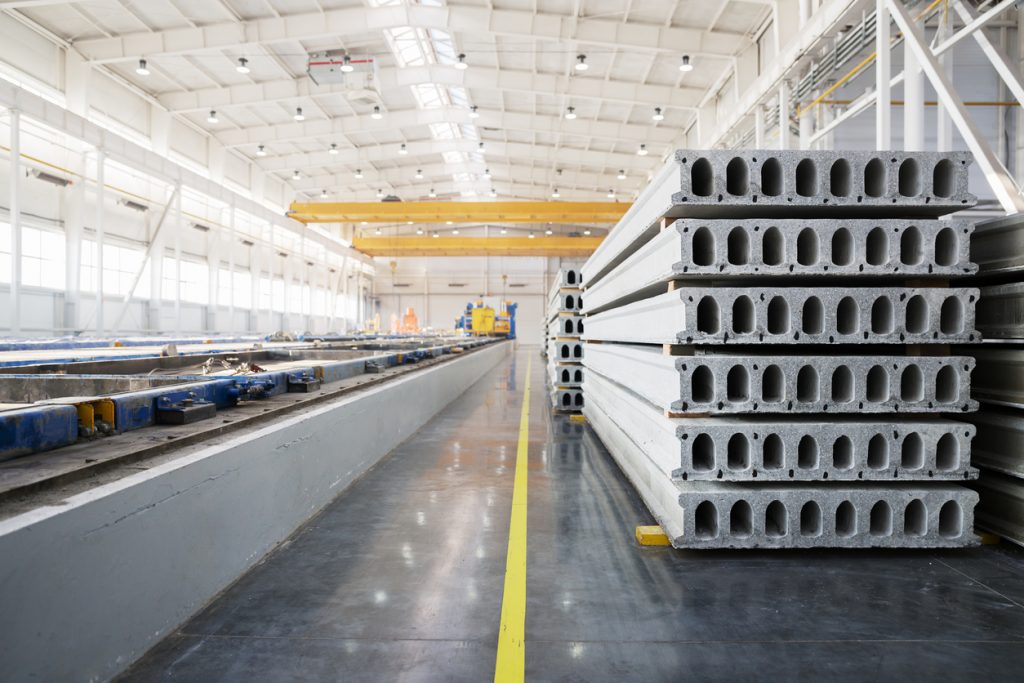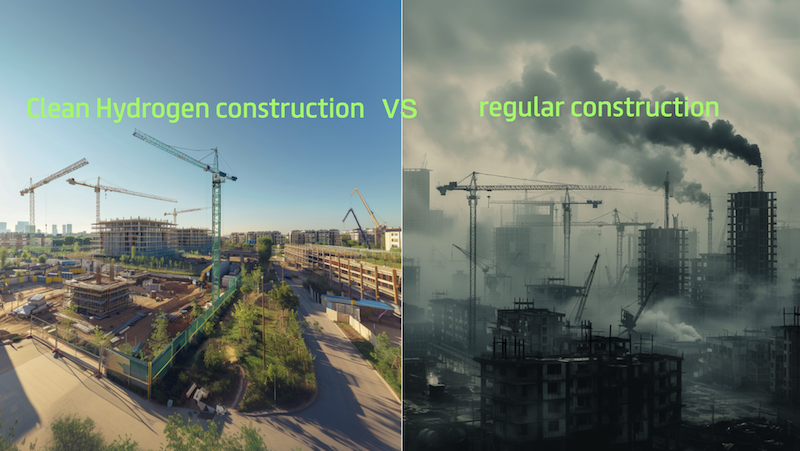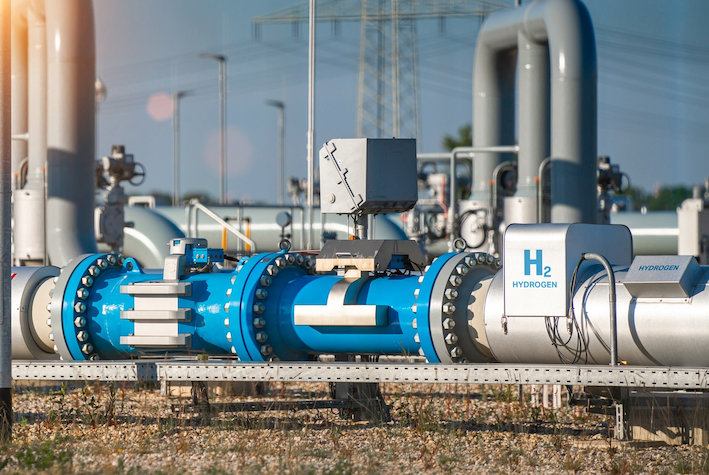The latest round of grants under the UK government’s Industrial Hydrogen Accelerator Programme shows the breadth of decarbonisation opportunities that hydrogen provides and the depth of innovative talent in our country.
Industries targeted by the projects that received funding include steelmaking, asphalt, cement, waste, paint, and ceramics manufacturing.
The UK’s £26 million Industrial Hydrogen Accelerator Programme is run by the Department for Business, Energy and Industrial Strategy. Stream 2A awarded £2.95 million to 9 projects able to demonstrate end-to-end industrial fuel switching to hydrogen to develop the concepts further.
Stream 2B will award up to £7 million for demonstration/FEED projects and is aiming to open in December 2022 for projects that completed feasibility studies through Stream 2A.
Among the Stream 2A winners was the Bay Hydrogen Hub – Hydrogen4Hanson project, which seeks to develop nuclear hydrogen production to decarbonise the asphalt and cement industry. EDF Energy R&D UK Centre Ltd aims to demonstrate solid oxide electrolysis integrated with nuclear heat and electricity to provide low carbon, low-cost hydrogen to asphalt and cement sites in the region of Heysham nuclear power station.

The latest round of grants under the UK government’s Industrial Hydrogen Accelerator Programme shows the breadth of decarbonisation opportunities that hydrogen provides. Industries targeted by the projects that received funding include steelmaking, asphalt, cement, waste, paint, and ceramics manufacturing.
Learnings from the project, which received more than £399,000, will be shared with more than 250 Hanson sites across the UK and potential within the wider mineral products industry.
Other awardees included Nanomox Ltd, which received £173,000 for OISH, a project to produce hydrogen from steelmaking waste, to be used as a fuel for steel production.
Nanomox Oxidative Ionothermal Synthesis (OIS) is a new metal-rich waste treatment process that uses green catalytic solvents at low temperatures to complete the direct oxidation of metals and produces hydrogen that can be used in steel manufacturing, with potentially large energy efficiency improvements over existing technologies.
The Centre for Process Innovation was awarded £370,000 to explore the use of hydrogen as a fuel for kiln firing in the ceramics industry, replacing natural gas. Its PRO-GREEN H2 aims to produce green ammonia made from renewable electricity and low-energy feedstocks, including seawater and nitrogen. The project will also ascertain the feasibility of a switch to 100% hydrogen in ceramic manufacturing kilns and its effect on products.
To see all 9 projects, click here.
As well as providing an important barometer for progress in the decarbonisation of industry, the UK’s Accelerator programme is worth following for those interested in the likelihood of hydrogen being used for domestic heating. The government has previously stated, the program will be used to “inform strategic decisions in 2026 on the role of low carbon hydrogen as a replacement for natural gas in the gas grid.”
With a gas boiler ban in new-build homes less than 3 years away, the need for viable alternatives is rapidly approaching.
Switching to hydrogen in the houses for which hydrogen is a better option than heat pumps (heat pumps are the best option for decarbonising for new build homes), will mean that in theory residents in millions of appropriate for hydrogen UK homes will be able to keep their existing central heating and hot water systems.
Watch this space.
To learn more about Ryze Hydrogen click here.






